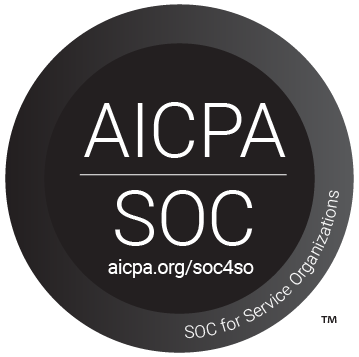Lisa Seeley
First Grade Teacher
Reynolds Elementary School
Baldwinsville Central School District
Lisa Seeley is a first grade teacher at Reynolds Elementary, part of the Baldwinsville Central School District. Lisa has been teaching for six years, and is currently in her second year at Baldwinsville.
How has Lisa brought innovation into her classroom?
Lisa has a very clear vision of how technology fits into the educational environment, and employs various technologies in her classroom that allow students the opportunity to reflect on their learning process.
One piece of technology Lisa uses in her classroom is the Garmin VIRB 360 camera, which records students working together during “collaboration station” math exercises. The collaboration station features a table comprised of approximately five students, who work as partners (or as a group) to solve various math problems. Throughout this process, students use math and communication to work through the task with their peers. Students will explain why they solved a problem the way they did, use accountable talk stems, and use language to solidify understanding. Students are getting the opportunity to see that the same problem can be solved in various ways, and they’re calling upon multiple skills in order to arrive at an answer. The collaboration station is run entirely by the students.
After collaboration time is over, the whole class views the footage taken by the Garmin camera in order to reflect on what they observed, what they learned, and what they were still curious about during the collaborative math block. By being able to watch footage like this, students are much more reflective of their own choices, and accepting of the choices of others. When using the 360-degree video footage, students are able to “spin around” and see all angles of the room, evaluating their interactions as a “fly on the wall.” Through this type of feedback, students are able to not only see themselves as the stars that they are, but are able to embrace risk-taking, and acknowledge how having conversations about their math can help them grow even more as mathematicians. They are better able to appreciate where each learner is in the moment, and how they can help each other grow.
As a teacher, Lisa is not only able to work with her students directly in this reflective setting, but is also to work with fellow colleagues to adjust and grow her teaching to better fit student needs. She is able to zoom in on a station that is run solely by her students, while seeing all the other working parts of the classroom at the same time. This provides Lisa with invaluable insight into the engagement, management, and awareness within the classroom, and what her students need to be successful. This 360-degree camera was game-changing for Lisa as an educator, and for her students as well.
Lisa’s classroom has also found success in the use of the Seesaw application, which she introduced to her first graders via collaboration with a third grade classroom. The third grade team was able to teach Lisa’s first graders how to use the Seesaw app in a peer-to-peer fashion, and she said it: “Was magical to see the kids working with and learning from each other with such an innovative tool.”
During one exercise, students were assigned “reading buddies,” between the two grade levels, and undertook a reading task exercise on the Seesaw app. Student pairs worked together to find text features in various magazines, books, and articles.They were able to snap pictures of particular text, and circle the text features through the app. They could also record themselves (or just their voices) explaining what the highlighted text was, and why it was important to the body of work. Lisa and the third grade teacher were able to see what the students’ understanding of text features were, what they needed to review or explain better, and what kind of texts were being shared. While they could traditionally get this information while interacting with students in the classroom, the technology allowed these teachers to reflect on the lessons they’d provided, and fully unpack (and ultimately, address) what they could do as educators to extend and grow student learning going forward.
Lisa’s use of technology in the classroom allows her to capture evidence of her students' engagement with the learning process, and share those moments with parents, colleagues, and the students themselves. These technological components open up communication between peers, and help build a better understanding that helps foster a richer learning environment.
How have students benefited from Lisa’s technology integration initiatives?
“The buzz around my classroom is unreal,” says Lisa. “I have students embracing their mistakes, and saying that their ‘brains are growing’ because of the reflective conversations we have been able to have by using the technology. I am able to identify areas of need and provide students with tools to help them be more successful. I can also identify strong areas in student performance, and am able to push their academic rigor to their absolute potential.”
Lisa continues: “Students have not only created closer bonds within our classroom, but with other classrooms as well, like with our reading buddies. They are having conversations with each other about their work without me, and aren’t afraid to respectfully question their peers and ask ‘why,’ or to explain for better understanding, or to say that they agree or disagree and to explain reasoning.”
“Conversations such as these can happen at such a young age with the help of these pieces of technology,” says Lisa. “And with that comes such excitement for what is to come with their learning, and more importantly, their future.”
Is This You?
Are you the type of teacher who thinks about technology integration and new ways to enhance instruction, engage students, and make learning fun? Know someone who fits the profile? Recommend a "Featured Teacher" so we can recognize and celebrate great work in the area of instructional technology!
|






